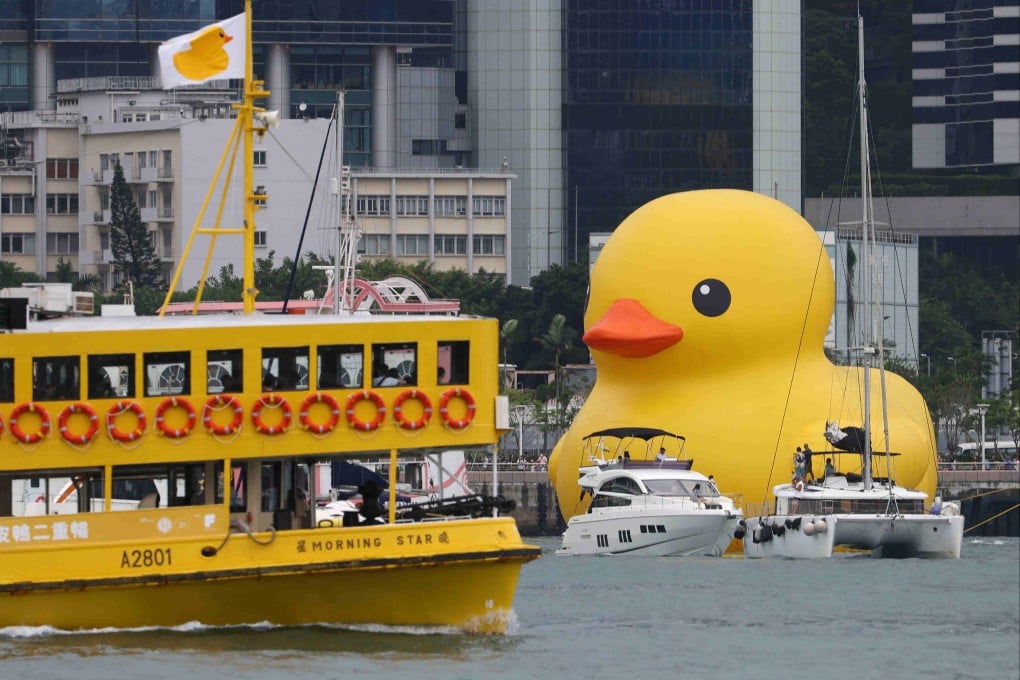How Hong Kong’s Victoria Harbour doubles as a floating art gallery
The city’s premier art space draws millions with its large-scale installations by artists like Kaws in a space bigger than the M+ museum

In recent years, the waterway that defines the city has hosted a series of head-turning, agenda-setting artworks. The die was cast in 2013, with the pioneering visit of Dutch artist Florentijn Hofman’s Rubber Duck, a 16.5-metre-high replica of the classic bath toy that won the city’s hearts; the duck returned to the harbour a decade later accompanied by a friend.

It’s fairly obvious why any artist would like the harbour as a backdrop for their work: it’s one of the world’s most iconic scenes. It has the advantage of being able to both frame and become part of any work that’s floated on its waters.
“Rather than serving merely as a backdrop for artworks, the harbour itself becomes part of the installations,” says a spokesperson for the LCSD. “The expansive views and reflective waters enhance the visual impact, facilitating visitors to experience art in a context that is both inspiring and immersive.”

Indeed, the location, according to a teamLab spokesperson, “was one of the unique points of this exhibition in Hong Kong.